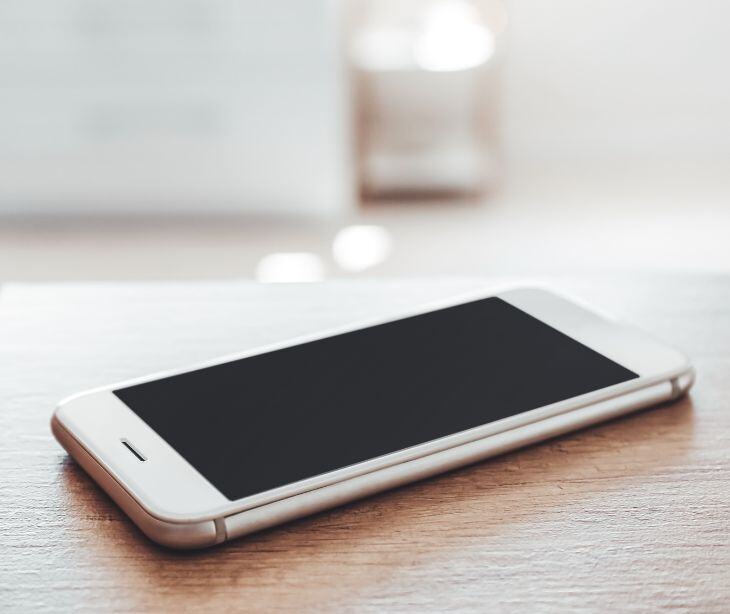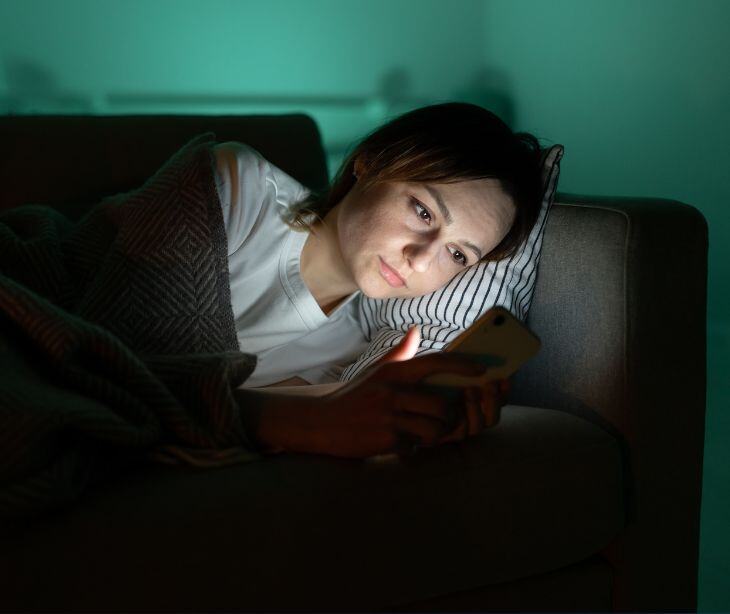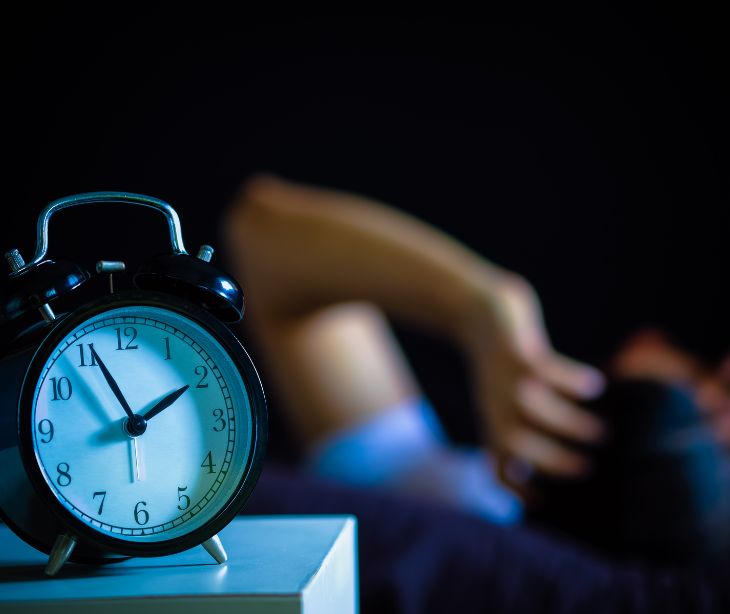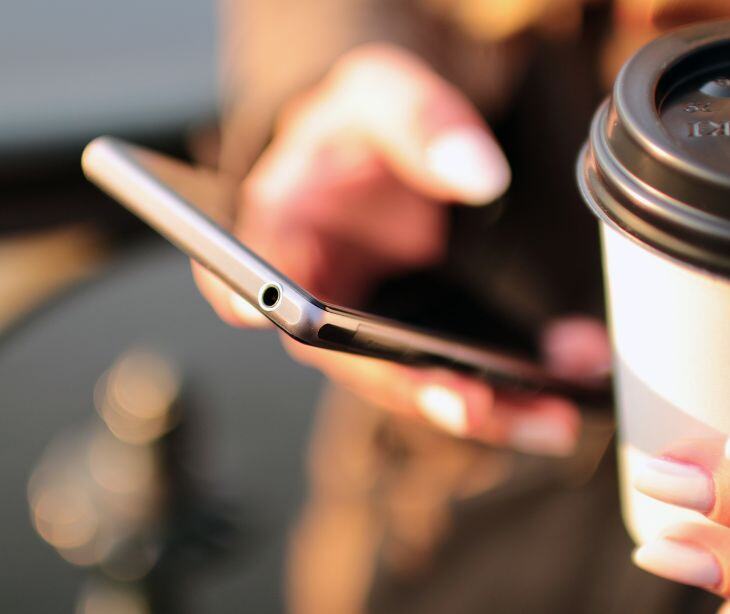
According to the NIH advice on sleep health, “About 50 to 70 million Americans have sleep disorders, and 1 in 3 adults do not regularly get the recommended amount of uninterrupted sleep they need to protect their health.” Sleep disorders like insomnia, sleep apnea, and restless leg syndrome are some examples where people find it hard to fall asleep or stay asleep. Through text messages, patients can update their doctors about their sleep habits, any troubles they're facing, and the effectiveness of their treatments. This ongoing chat helps make sure that the treatment is working well and be adjusted if it's not, all without needing a face-to-face appointment.
The nature of sleep disorder treatment
Treating sleep disorders involves different methods to help people sleep better and feel more alert during the day. The nature of the treatment depends on the specific type of sleep disorder someone has. An American Psychiatric Association blog post provides, “Sleep disorders should be specifically addressed regardless of mental or other medical problems that may be present.” Mental health professionals help figure out if a mental health condition is part of the sleep problem and treat both the sleep disorder and the mental health issue together. They use therapy to teach relaxation techniques or to change behaviors that improve sleep.
The main function of treatment for sleep disorders is to improve the quality and amount of sleep. Without proper treatment, sleep disorders lead to other health problems and affect mood, energy, and the ability to work or learn.
Treatment varies as the term sleep disorder is an umbrella term for many sleep related illnesses, a few common treatments include:
- Behavioral techniques like cognitive behavioral therapy help by changing sleep habits and reducing anxiety.
- Medications can be prescribed for short periods to help with sleep but should be monitored because they become habit forming.
- Lifestyle changes such as setting a regular sleep schedule, exercising, and watching diet.
- Using devices like CPAP machines for sleep apnea or dental devices for snoring physically assists in better sleep.
- Natural remedies and supplements like melatonin may help regulate sleep patterns.
- Relaxation techniques like mindfulness, meditation, and yoga reduce stress and improve sleep quality.
- Professional help from mental health experts addresses underlying mental health issues linked to sleep problems.
See also: How HIPAA compliant email can help manage sleep disorders
The ways text messaging can be used
- Patients can use text messaging to maintain a real time sleep diary. Each morning, they might receive a prompt via text to report on their sleep quality, duration, and any disturbances.
- For those undergoing cognitive behavioral therapy for insomnia (CBT I), therapists can send cognitive exercises or thought diary tasks through text messages. Patients can reply with their thoughts or behavior patterns related to sleep, allowing therapists to provide feedback and guidance directly through text.
- Texts can be timed to support sleep induction routines, sending reminders or guided steps for relaxation techniques such as progressive muscle relaxation or deep breathing exercises.
- To ensure an optimal sleep environment, patients can receive personalized reminders about preparing their sleep space.
- For patients who experience acute episodes of sleep anxiety or panic, having a crisis management plan via text can be a lifeline.
- Texts can serve as reminders not only for when to take sleep medications but also for managing the timing of other medications that might impact sleep.
Best practices
- Develop structured programs that utilize scheduled HIPAA compliant text messages to deliver therapeutic interventions. These could include daily prompts for cognitive behavioral therapy exercises, mindfulness practices, or relaxation techniques.
- Encourage patients to report their sleep experiences and any nocturnal disturbances in real time via text messaging.
- Utilize text messaging as a platform for personalized sleep coaching. Send customized advice and feedback based on the patient’s reported behaviors and progress.
- Launch automated text message campaigns that send out bite sized, digestible pieces of educational content about sleep hygiene and its impact on mental health.
- Implement a text based protocol for patients experiencing acute insomnia episodes or related anxiety at night.
- Send regular encouragement and reminders for medication adherence, attending therapy sessions, or maintaining sleep diaries.
See also: How to share HIPAA compliant therapy notes
FAQs
When can therapy notes be shared?
Therapy notes can be shared when the patient provides consent, or when required by law for certain legal or safety reasons.
What qualifies as educational content?
Educational content qualifies as materials or information provided to help patients understand health conditions, treatments, and behaviors that promote wellness.
Does educational content sent to patients need to be HIPAA compliant?
If it contains anything related to the patient's protected health information (PHI) then mental health providers should use HIPAA compliant forms of communication.
Subscribe to Paubox Weekly
Every Friday we'll bring you the most important news from Paubox. Our aim is to make you smarter, faster.



